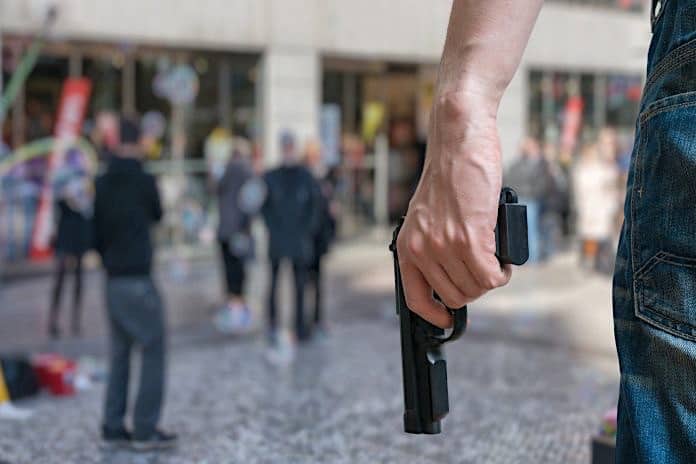School bus drivers prepare for all types of emergencies. Crashes. Student fights. Medical emergencies. Angry parents at the bus stop. What they don’t prepare for is transporting students wounded by gunfire to the nearest hospital. That was the experience of at least one Uvalde Consolidated Independent School District bus driver on May 24, 2022.
The U.S. Department of Justice released a scathing commentary last month on the police response to the massacre at Robb Elementary School in Uvalde, Texas that claimed the lives of 19 students, all 10 or 11 years old, and their two teachers. It stands as the deadliest school shooting ever at a Texas public school. School buses and those operating them were seemingly the only things that went right that Tuesday afternoon. Still, the ramifications from the botched operation to eliminate the shooter need to be addressed by this industry as well.
Student transporters are or should be well-versed with planning the use of school buses for student evacuation and family reunification efforts in an emergency. They were deployed in Uvalde for that same purpose. Still, school buses were thrown into unfamiliar, grisly territory by law enforcement, as students were ushered onto buses, some with gunshot wounds or other injuries unknown to EMTs. The DOJ says the true number of all injured during the shooting and evacuation remain unknown, as some students were allowed to go directly home with their parents.
The DOJ report mentions school buses seven times in 575 pages, one referencing a news article by the Texas Tribune that came out seven months after the shooting. It tells the story of Uvalde CISD school bus driver Sylvia Uriegas, whose school bus was pressed into action by police officers to transport wounded students to the hospital. The only medical supplies she had on board were, as she called it, her “Mickey Mouse” first aid kit with a few Band-Aids. Should first aid kits include additional supplies, such as tourniquets? Security experts think so.
Uriegas was returning from a field trip when the dispatcher radioed and told her to proceed to the school. There was no other explanation. Once at Robb, Uriegas encountered other buses that were on scene to take students to a reunification center, a common role transportation plays during such incidents. Traffic was blocked in some areas by police cars. Meanwhile, parents had shown up and were banging on Uriegas’ bus windows demanding to know if their children were inside.
Based on the DOJ’s chronology of events, Uriegas’ bus was likely the one that transported six students, two of which had gunshot wounds, and two Texas Department of Public Safety troopers to the hospital. She later returned the bus to the Uvalde CISD depot, where transportation staff began cleaning the pools of blood. Cleaning the bus is normally Uriegas’ job, but she was told to “stand down.” Instead, she took another bus back to the school to see how else she could help.
Uriegas commented via the December 2022 article that she had never been trained to deal with such a scenario. Few if any school bus drivers nationwide are. It certainly was outside the norm for law enforcement professionals to put wounded students directly on school buses without sending them first to triage. That speaks to the chaos that day and the need for additional training to address the worst-case scenario as well as improved collaboration with law enforcement.
The DOJ report notes that because school bus drivers took on nontraditional roles during the emergency, the DOJ suggests considering them as having “first responder roles.” As such, they need the same post-incident support services including recognition, resources and operational preparedness as are provided to law enforcement and EMTs.
“We need to prioritize the trauma support and wellness of law enforcement professional staff, including dispatch and communications personnel, ambulance drivers, records management staff, evidence technicians, and other support staff who are involved in major incidents as seen in Uvalde,” the report states.
While there is training offered nationwide for school bus drivers to address violence on board, they largely aren’t prepared for a Uvalde-type situation. Still, the response of Uvalde transportation staff that day is a testament to the training they do receive and putting the needs of children first and foremost. Associate Editor Taylor Ekbatani writes more on the importance of proper dispatch training and communications this month at stnonline.com. And look for details on related sessions being planned for STN EXPO.
Editor’s Note: As reprinted in the February 2024 issue of School Transportation News.
Related: (STN Podcast E195) How We Get Better: Security Lessons From Uvalde, Ukeru Student Management System
Related: Student Transportation Adds Perspective to Uvalde Mass Shooting
Related: San Antonio Bus Drivers Honor Victims of Uvalde Shooting
Related: Uvalde Shooting Stresses Importance of School Bus Safety, Security Training
















